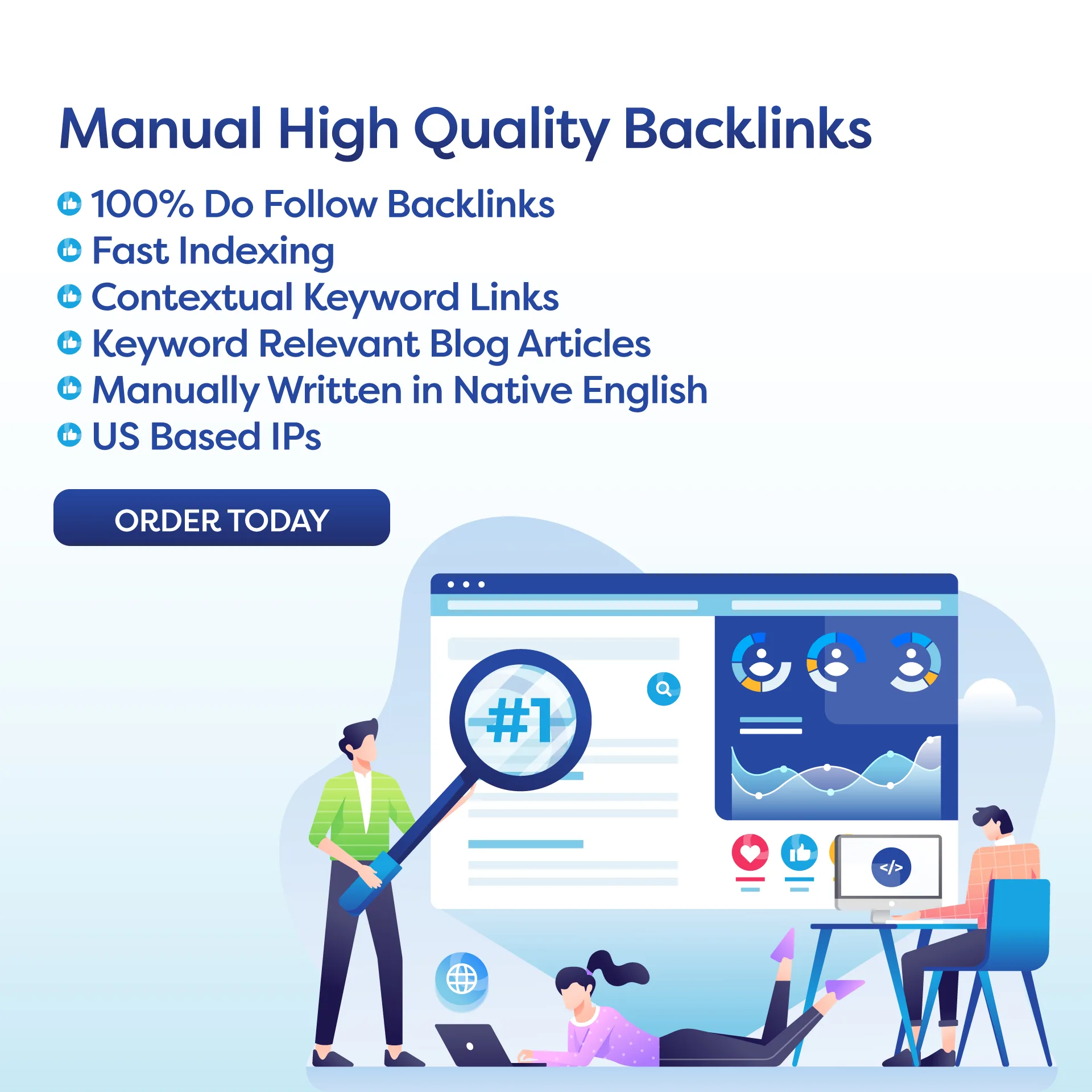In the vast landscape of online competition, small businesses can gain a significant edge by optimizing their on-page SEO. The foundation of a robust online presence lies in strategic elements such as title tags, meta descriptions, headers, keyword optimization, URL structure, and internal linking. In this blog post, we’ll delve into each of these aspects to empower small business owners in enhancing their on-page SEO.
Table of Contents
1. Title Tags, Meta Descriptions, and Headers
Title Tags:
When it comes to optimizing your website for search engines, your title tag is one of the most important elements to consider. This is because the title tag is the first thing that both users and search engines see. Therefore, it is essential to craft compelling, concise titles that accurately represent the content of each page.
Include primary keywords naturally but prioritize user readability.
Keep title tags within the recommended length to ensure they display properly in search results.
Meta Descriptions:
- Write informative meta descriptions that entice users to click through.
- Incorporate relevant keywords but avoid keyword stuffing.
- Aim for a concise summary that provides a clear preview of the page’s content.
Headers (H1, H2, H3, etc.):
- Use headers to structure your content hierarchically.
- Include your main keyword in the H1 tag (the main heading) and distribute variations across subheadings (H2, H3, etc.).
- Headers enhance readability and help search engines understand the content’s organization.
2. On-Page SEO Must-Have: Keyword Optimization in Content
Keyword Research:
- Begin with thorough keyword research using tools like Google Keyword Planner or SEMrush.
- Identify relevant, high-search-volume keywords that align with your business and target audience.
Content Integration:
- Naturally incorporate keywords into your content.
- Focus on providing value to your audience while ensuring a balanced keyword distribution.
- Use variations and synonyms to avoid repetition and improve context.
Quality Content:
- Prioritize high-quality, relevant content that addresses user intent.
- Google’s algorithms increasingly favor content that satisfies user queries effectively.
3. URL Structure and Internal Linking
URL Structure:
- Create clean, descriptive URLs that reflect the content of each page.
- Include target keywords if possible, making URLs both user-friendly and SEO-friendly.
- Avoid using complex or unnecessary characters in URLs.
Internal Linking:
- Establish a logical internal linking structure to connect related pages.
- Use descriptive anchor text that gives users and search engines context about the linked content.
- Internal links distribute authority across your site, enhancing overall SEO.
Consistent Navigation:
- Ensure a seamless navigation experience for users and search engine crawlers.
- Implement breadcrumb navigation to enhance user understanding of your site’s structure.
Conclusion
In small business websites, mastering on-page SEO can make a significant difference in your website’s visibility and search engine rankings. On-page SEO involves optimizing various elements of your website’s pages, including title tags, meta descriptions, and headers, integrating relevant keywords, refining URL structures, and implementing strategic internal linking. Optimizing title tags and meta descriptions is crucial as they appear in search engine results and influence click-through rates. Headers and subheaders improve the organization and readability of your content, making it easier for both search engines and users to understand your website’s purpose.
Properly integrating keywords throughout your content helps search engines understand what your website is about and can improve your rankings for relevant search terms. URL structures should be simple, easy to read, and accurately reflect the content on the page. Strategic internal linking, or linking to other relevant pages on your website, helps distribute link equity and improves website navigation and user experience. However, on-page SEO is not a one-time task. Continuous monitoring, adjustments, and staying informed about evolving SEO trends are necessary to keep your small business website competitive in the dynamic digital landscape.
Remember, the ultimate goal of on-page SEO is not just to please search engines but also to deliver a superior user experience that keeps your audience coming back for more. By providing high-quality, relevant, and engaging content, you can establish your website’s authority and build trust with your audience, leading to increased traffic, engagement, and conversions.

